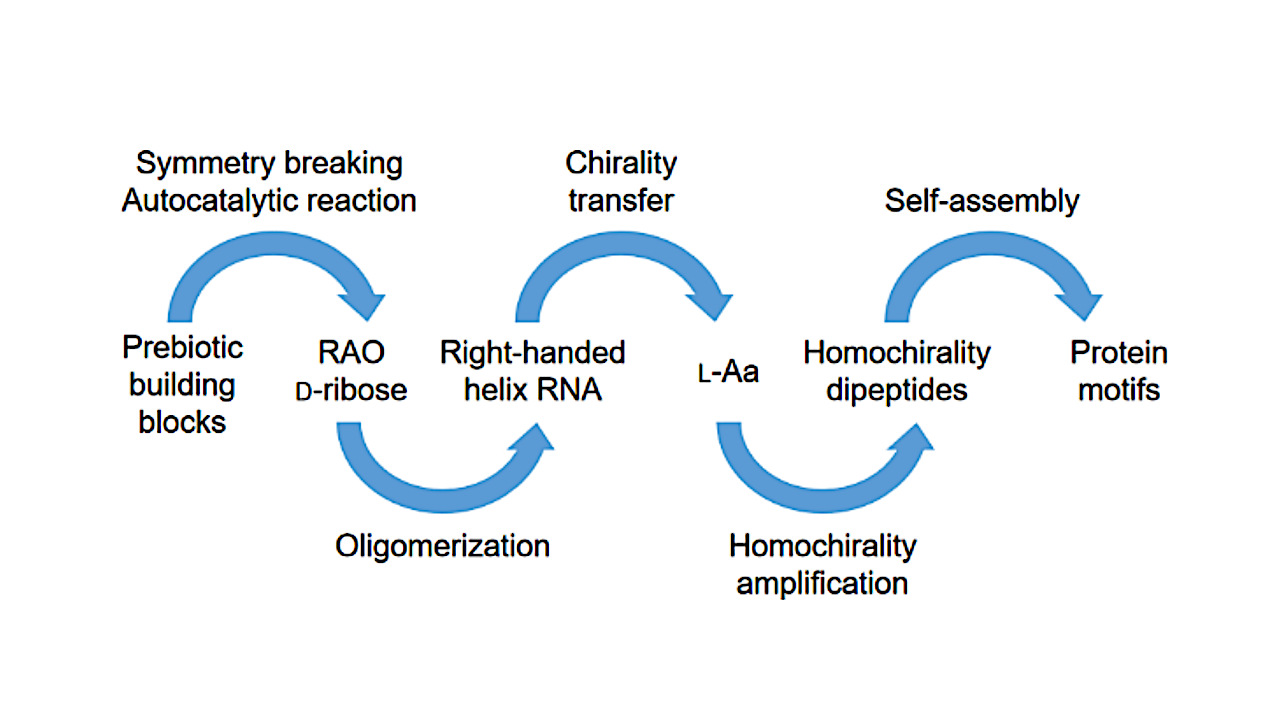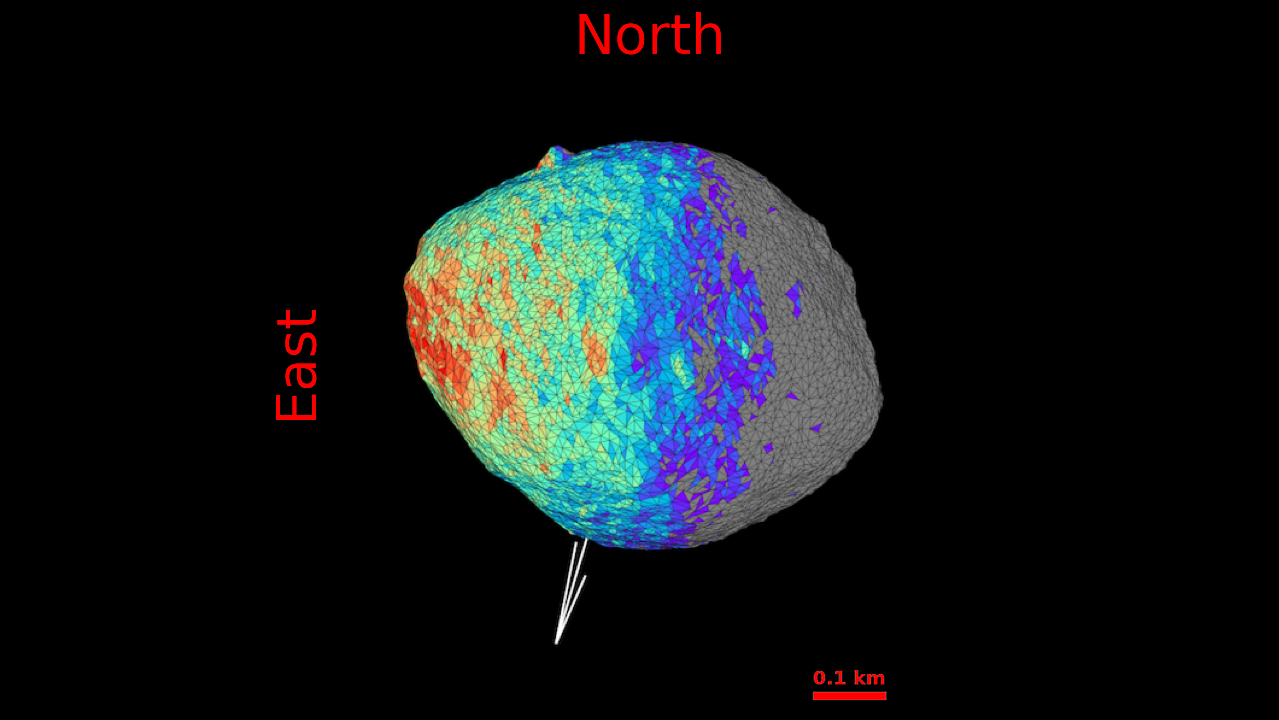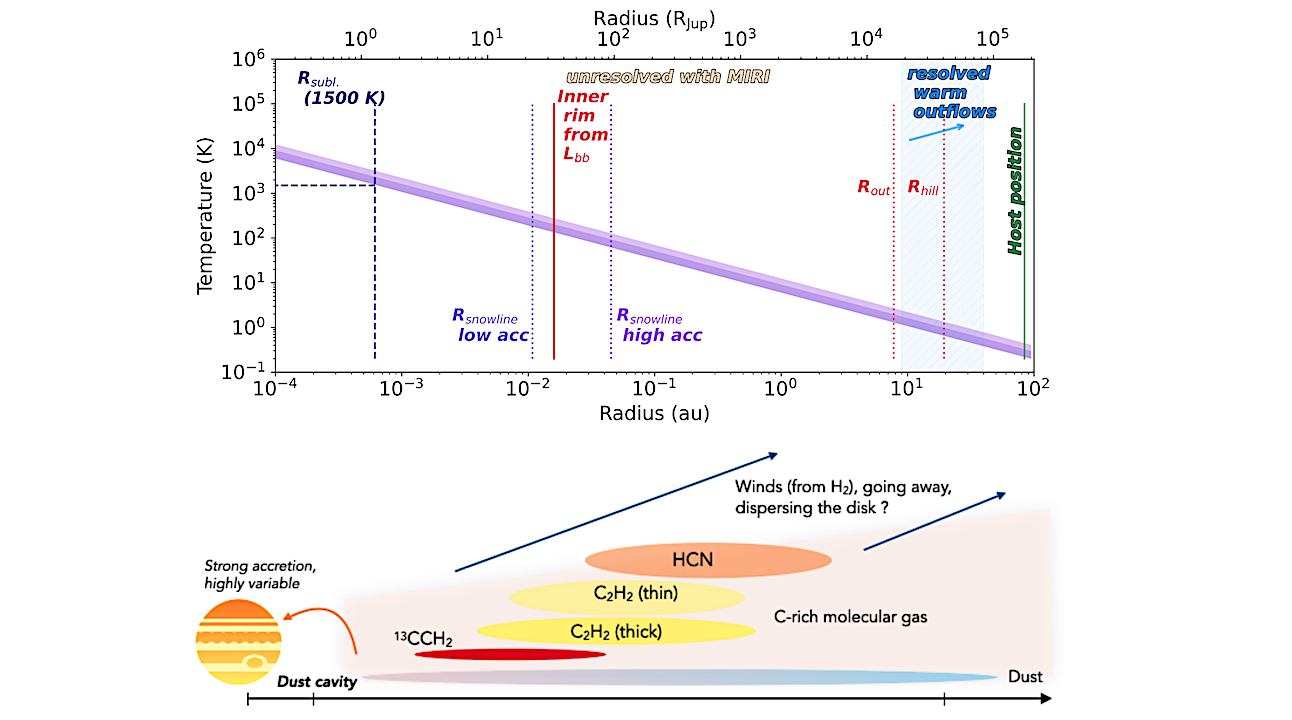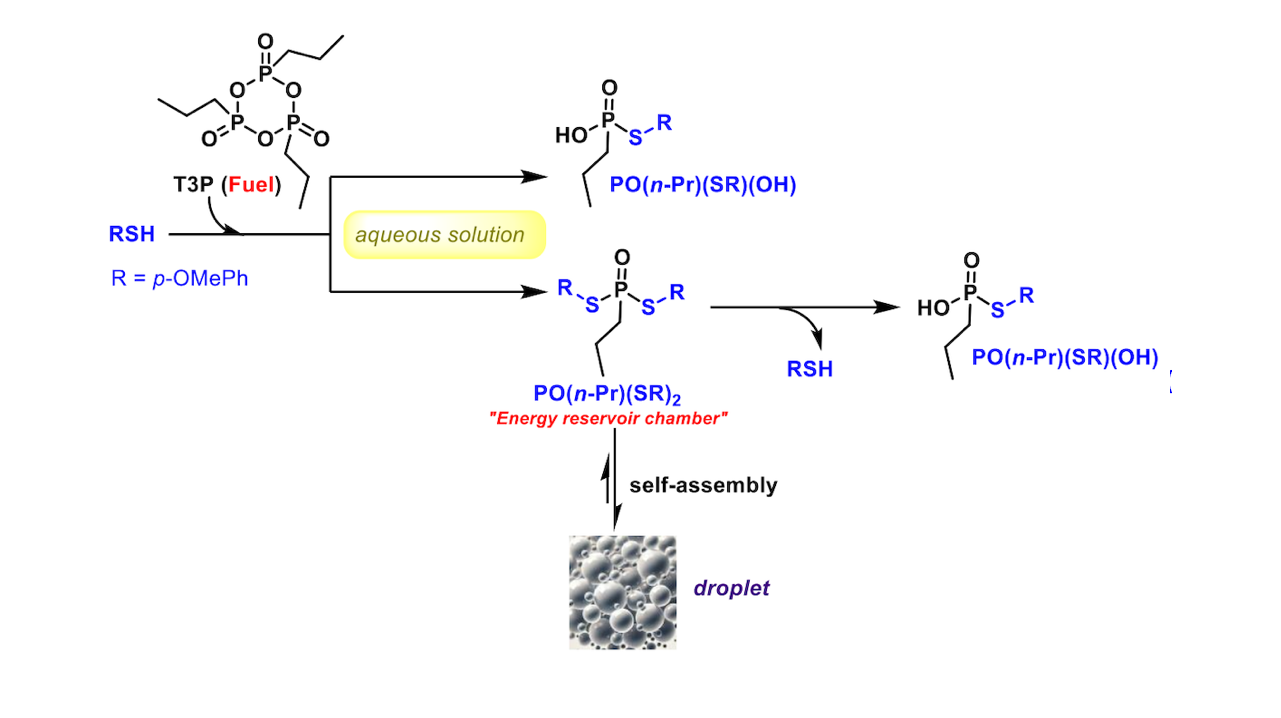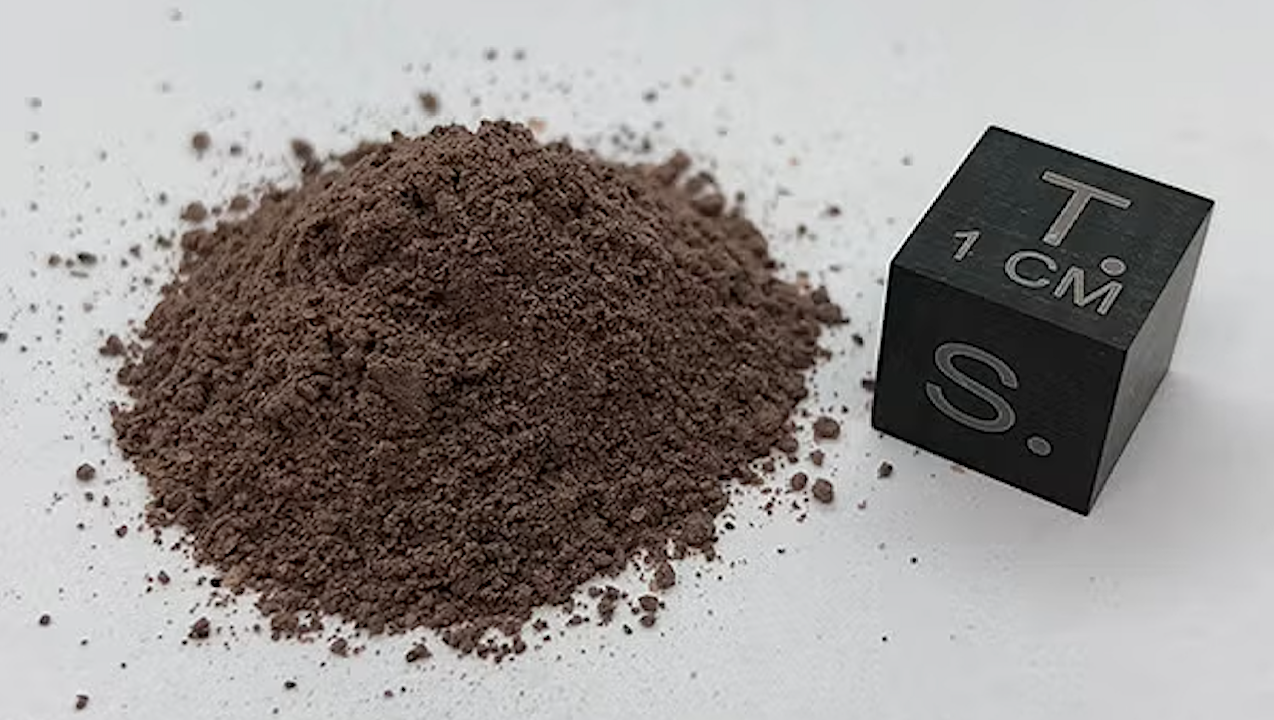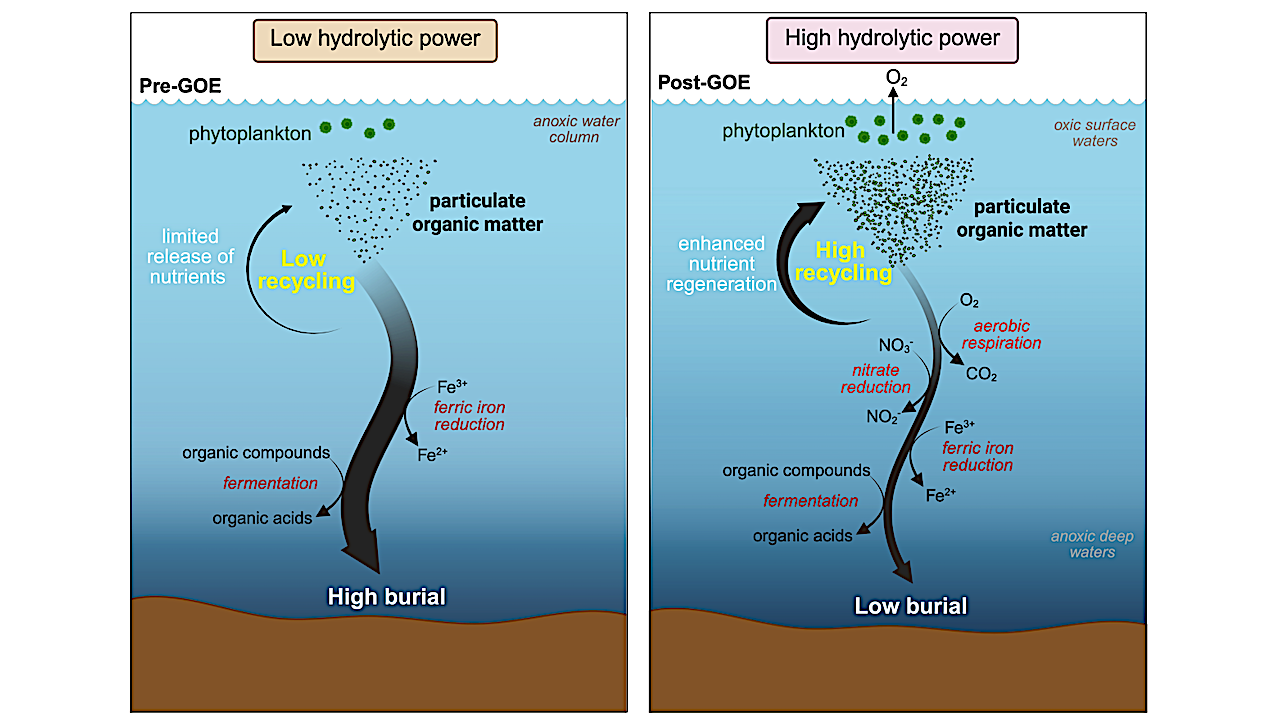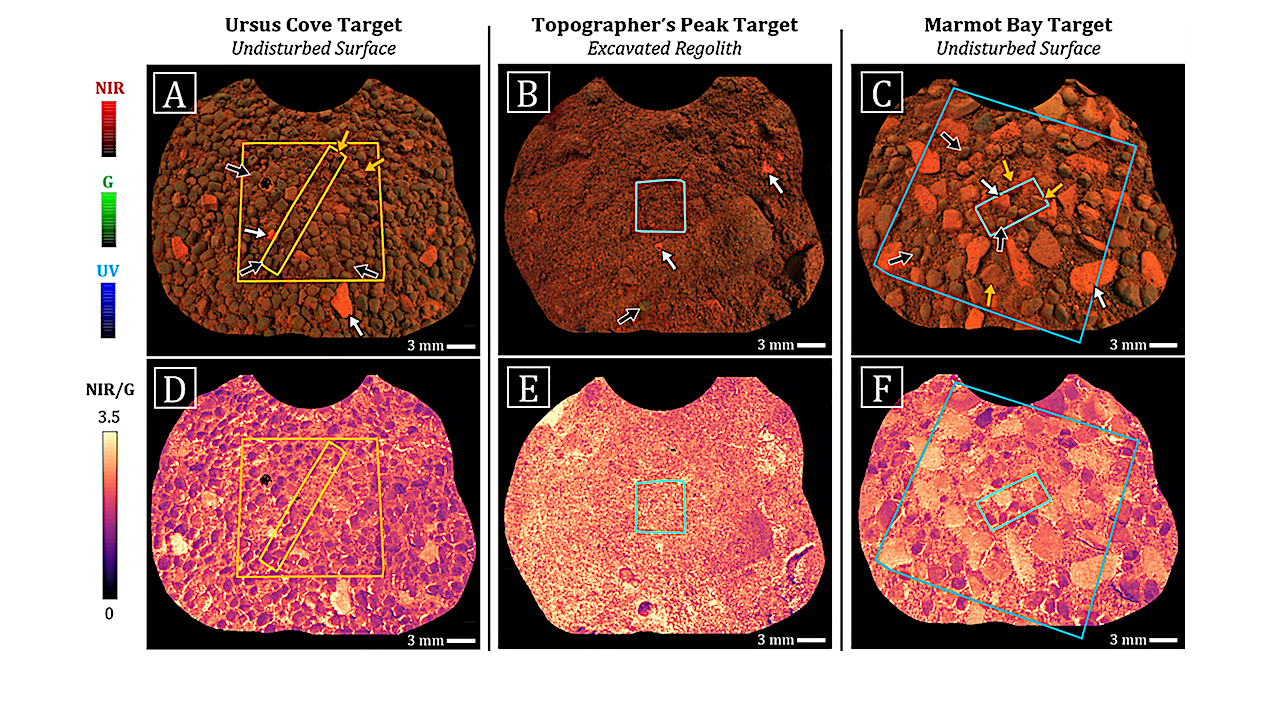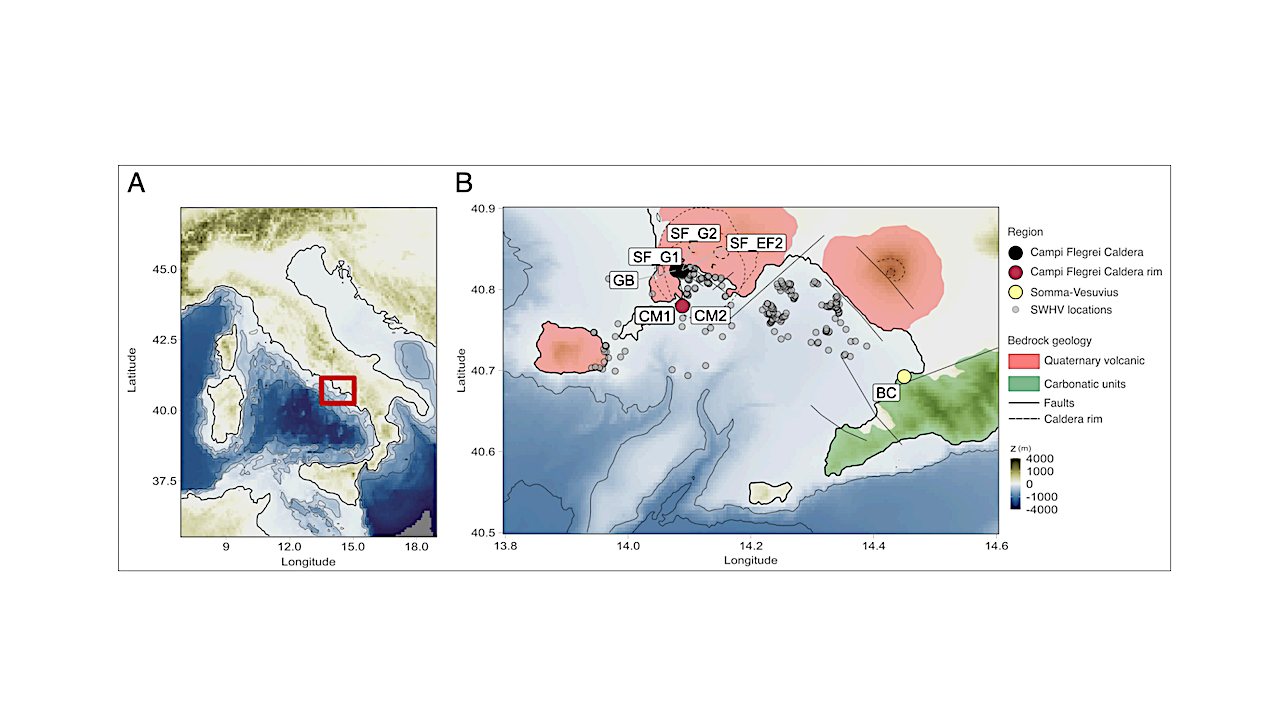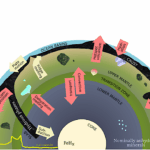Carbonaceous chondrite – large individual of the Murchison Meteorite with fusion crust. FMNH Me 2640 (Field Museum of Natural History meteorite collection, Chicago, Illinois, USA). — Wikiedia Source In the
Astrobiology46- Page
Biochemistry & Organic Chemistry Status Report chemrxiv.org October 13, 2025 Graphical Abstract — chemrxiv.org The origin of homochirality in biomolecules is a central problem in the study of the origin
Projected view of Bennu, generated with a ∼20,000-facet downsampled shape model, as seen from Earth on 15 September 2005 (phase angle of 61.9◦). — astro-ph.EP We present a web-based application
Schematic of the Delorme 1 AB b system: the planet and its CPD. Top: Temperature as a function of radius with both axes on a logarithmic scale. The upper and
Gerald A. Soffen – astrobiology.com / NASA The Gerald A. Soffen Memorial Fund is pleased to announce the Fall 2025 Travel Grant application opportunity for undergraduate and graduate students pursuing
T3P-fueled non-equilibrium assembly of phosphonodithiolates via a reaction cascade. — chemrxiv.org A primitive, chemically fueled phosphonodithiolates reaction cascade was constructed using phosphate-based T3P as the chemical fuel and 4-methoxybenzenethiol as
Current understanding of Martian regolith has advanced due to various rover explorations. Due to this, there are now several variants of Martian regolith that are chemically known and commercially available.
Conceptual model for the evolution of exoenzymes and the recycling of organic matter across the Great Oxidation Event (GOE). (A) In the Archean Ocean, prior to the GOE, the recycling
PIXL Micro Context Camera (MCC) images of the three regolith targets. (a–c) False color images of each target in the near-infrared (NIR; 735 nm), green (G; 530 nm), and blue
Map depicting the shallow-water hydrothermal vents sampled. A – Regional map of Italy (red square indicating the sampled locations). B – Map of the Gulf of Naples. Coloured points represent
-
 012024 in Review: Highlights from NASA in Silicon Valley
012024 in Review: Highlights from NASA in Silicon Valley -
 02Panasonic Leica Summilux DG 15mm f/1.7 ASPH review
02Panasonic Leica Summilux DG 15mm f/1.7 ASPH review -
 03From Polymerization-Enabled Folding and Assembly to Chemical Evolution: Key Processes for Emergence of Functional Polymers in the Origin of Life
03From Polymerization-Enabled Folding and Assembly to Chemical Evolution: Key Processes for Emergence of Functional Polymers in the Origin of Life -
 04How New NASA, India Earth Satellite NISAR Will See Earth
04How New NASA, India Earth Satellite NISAR Will See Earth -
 05And Thus Begins A New Year For Life On Earth
05And Thus Begins A New Year For Life On Earth -
 06Astronomy Activation Ambassadors: A New Era
06Astronomy Activation Ambassadors: A New Era -
07SpaceX launch surge helps set new global launch record in 2024



